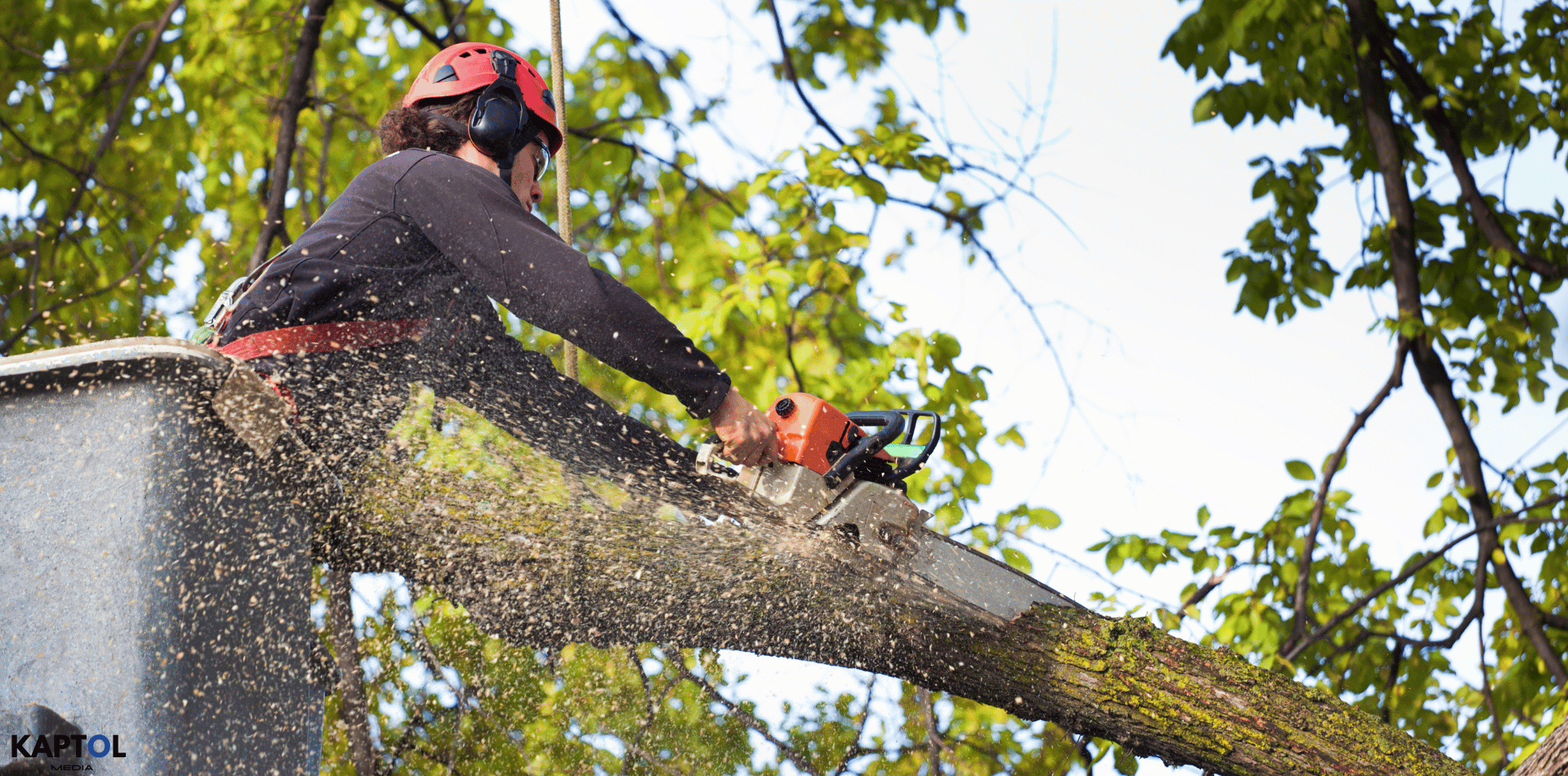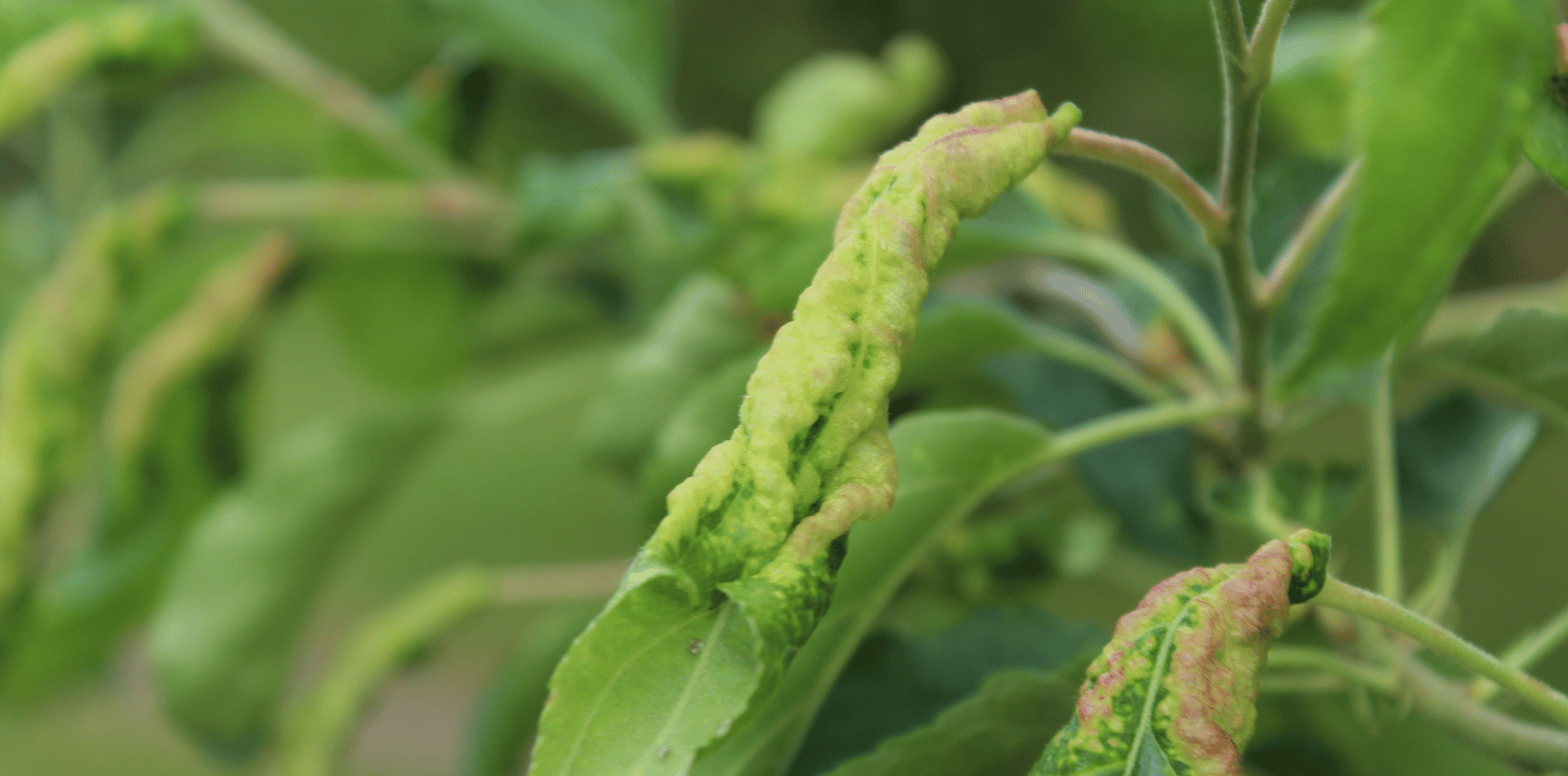The Importance of Trimming Trees to Protect Your Property from Bushfires
The Importance of Trimming Trees to Protect Your Property from Bushfires
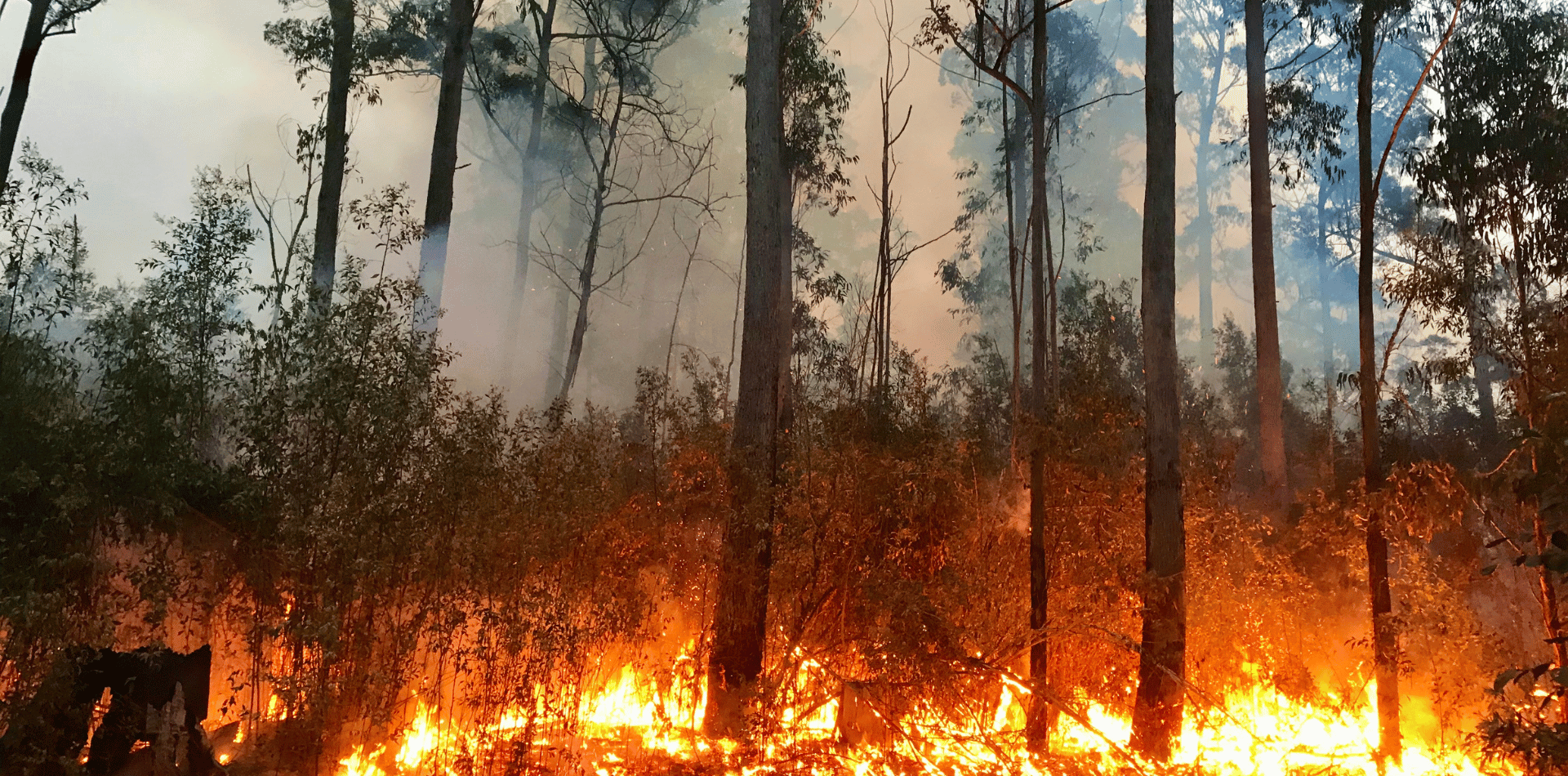
Bushfires in Australia are natural disasters that pose significant threats to properties, ecosystems, and human lives.
With increasing global temperatures and changing weather patterns, the occurrence of bushfires is on the rise in Australia, and many parts of the world.
While numerous factors contribute to the spread and intensity of bushfires, the presence of unchecked vegetation, especially trees, around properties can exacerbate the danger.
One of the proactive measures homeowners can take is to trim their trees regularly.
Let's look at the reasons why tree trimming is vital for bushfire protection.
Reducing Fuel Load
The primary reason for tree trimming is to reduce the 'fuel load' on a property.
The term 'fuel' in the context of bushfires refers to any material that can burn, including dry leaves, twigs, branches, and even whole trees.
By trimming trees and removing dead or overhanging branches, you are effectively reducing the amount of fuel available for a potential fire to consume. Less fuel means a reduced intensity and speed at which a bushfire can spread, granting more time for intervention and mitigation.
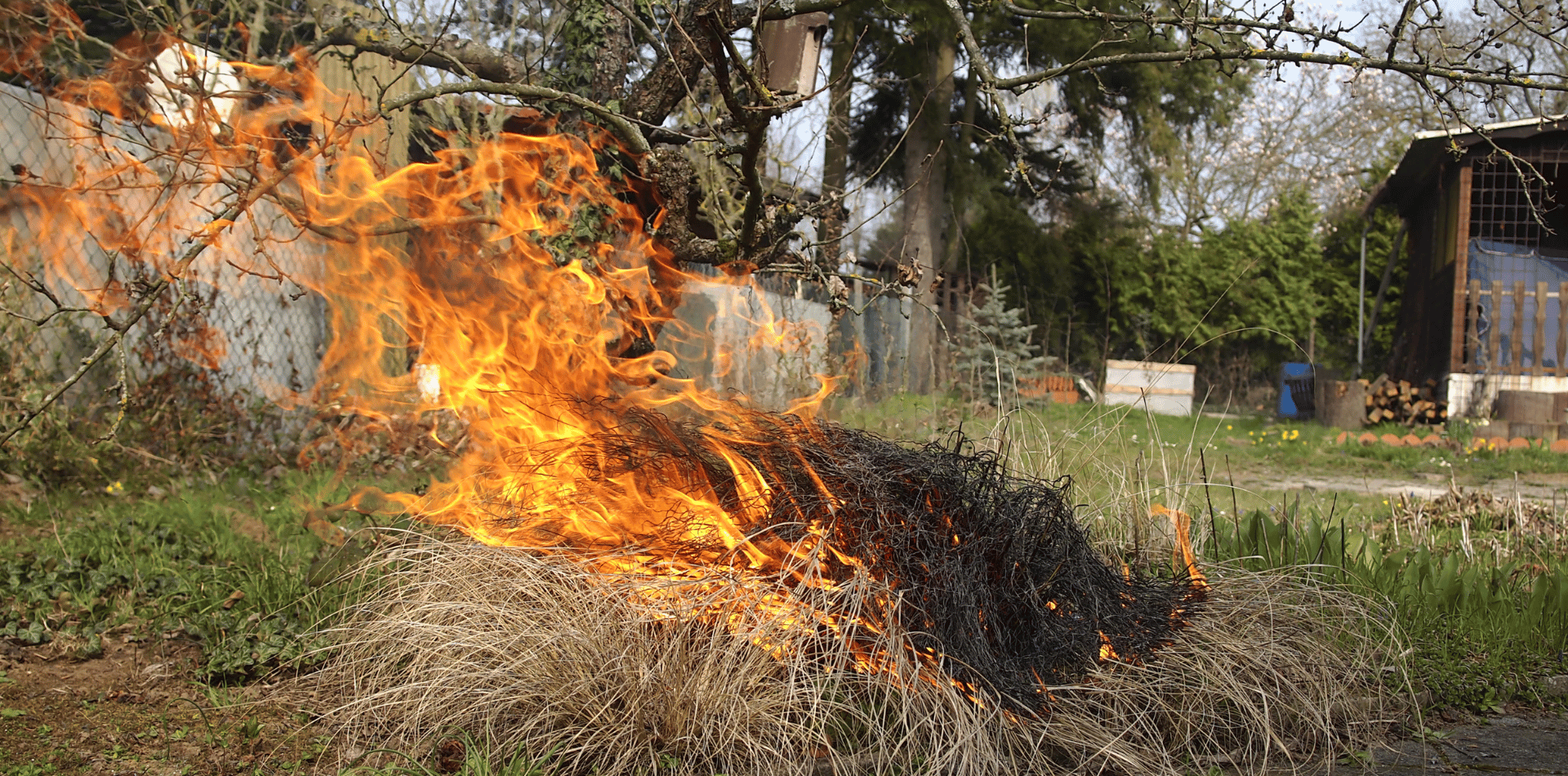
Preventing Fire Ladders
Untrimmed trees, especially those with lower branches and shrubs beneath them, create what is known as 'fire ladders.'
These are pathways that allow fires to climb from the ground into the treetops.
Once a fire reaches the canopy, it can spread more rapidly and with greater intensity, often jumping from one treetop to another. By trimming the lower branches and ensuring a clear space between the ground and tree canopy, you can break these fire ladders, hindering the fire's upward progression.
Safeguarding Property Infrastructure
Overhanging branches pose a direct threat to structures on your property.
During a bushfire, embers can easily ignite these branches, leading to fires that can spread to rooftops, gutters, and other parts of a building.
Regular tree trimming ensures that no branches are in direct contact or proximity to your property, adding an extra layer of defense against potential fire hazards.
Enhancing Visibility and Access
For emergency services responding to a bushfire, visibility and access are crucial.
Overgrown trees can obstruct roads, pathways, and other entry points, hindering the ability of firefighters to access and protect properties.
By trimming trees and maintaining a clear perimeter around your property, you can facilitate quicker response times and more effective firefighting efforts.
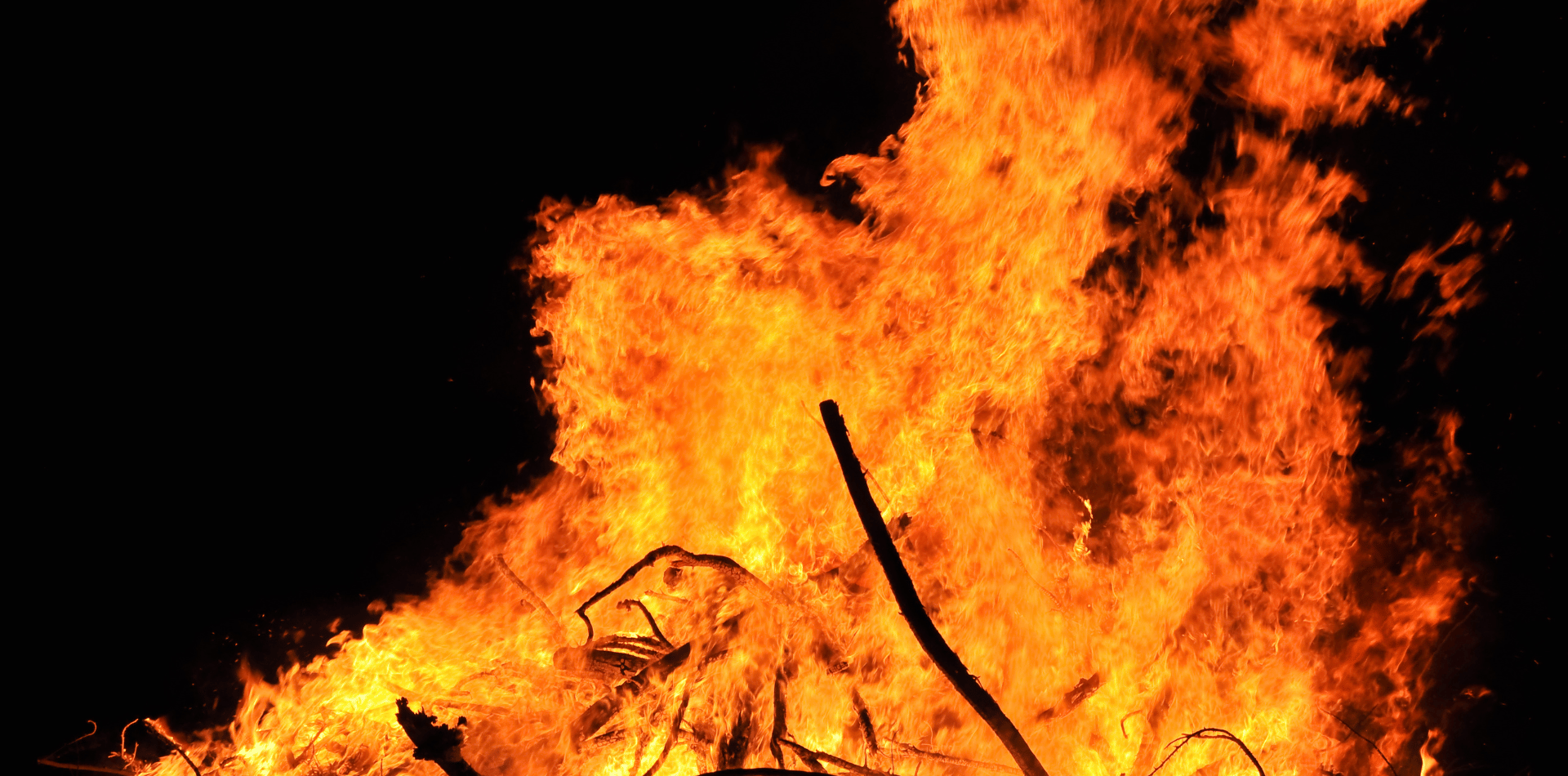
Reducing Ember Attacks
Embers, or burning pieces of wood and vegetation, can travel considerable distances during a bushfire, igniting new fires wherever they land.
Dense canopies and untrimmed trees can act as sources for these embers.
By keeping your trees well-trimmed and removing dead or dying wood, you can significantly reduce the chances of ember generation and subsequent ember attacks on your property.
Promoting Healthy Tree Growth
Beyond bushfire protection, regular tree trimming promotes the health and vitality of trees.
By removing dead, diseased, or infested branches, you not only reduce fire risks but also encourage better growth and longevity for the trees.
Healthy trees are more resilient to diseases, pests, and environmental stresses, making them less likely to contribute to the fuel load in the event of a bushfire.
Complying with Local Regulations
Many regions prone to bushfires have regulations and guidelines in place regarding vegetation management around properties.
These regulations are designed to protect communities and ecosystems from the devastating effects of bushfires.
Regular tree trimming ensures that homeowners remain compliant, avoiding potential fines and legal complications.
As the threat of bushfires continues to grow in many parts of Australia, homeowners must take proactive measures to protect their properties, loved ones, and communities.
Tree trimming stands out as one of the most effective and practical steps one can take. It not only reduces the direct risks posed by bushfires but also promotes a healthier, more aesthetically pleasing environment around your home.
By understanding and acting upon the importance of tree trimming, we can collectively reduce the devastating impacts of bushfires.


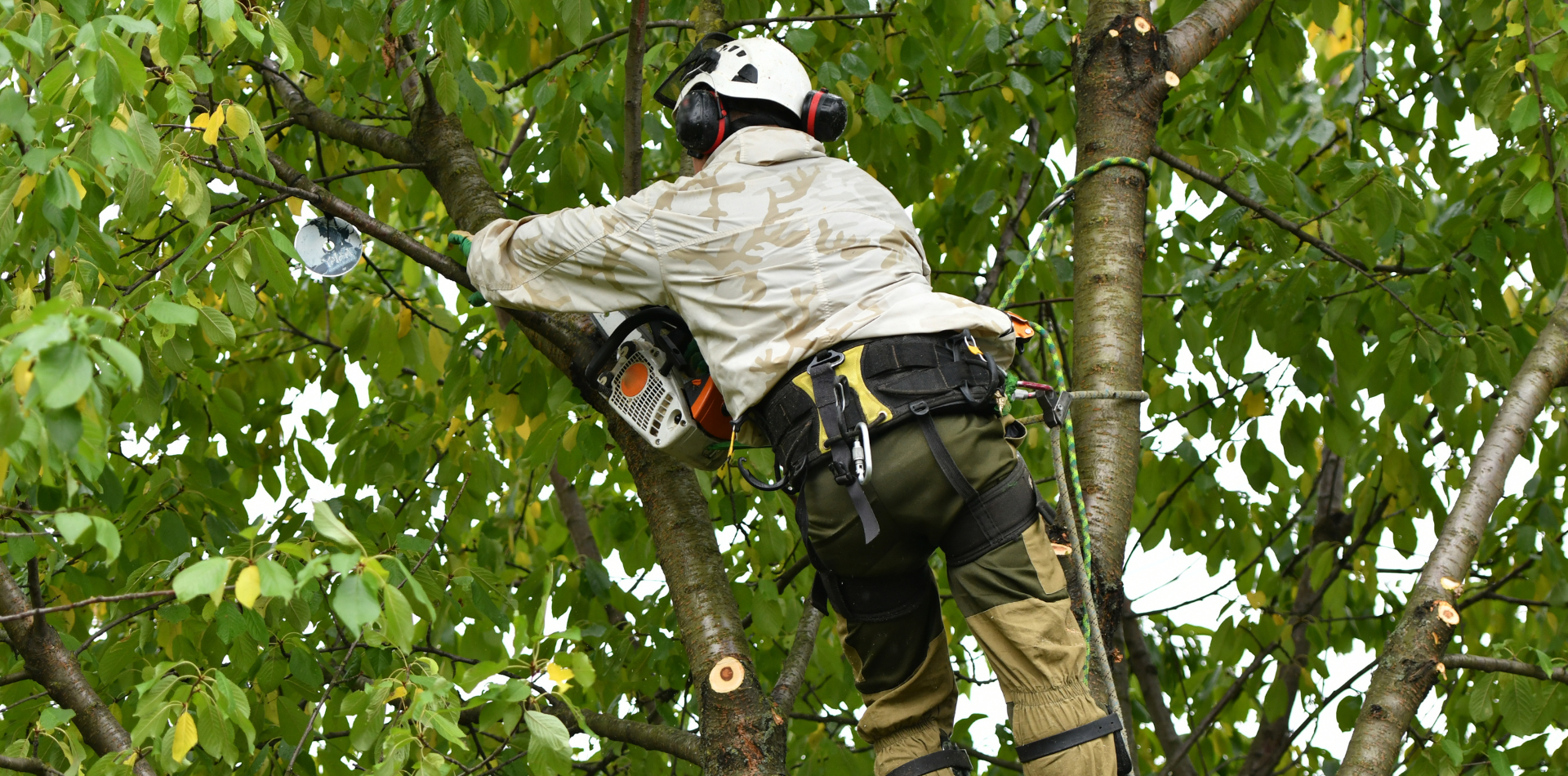
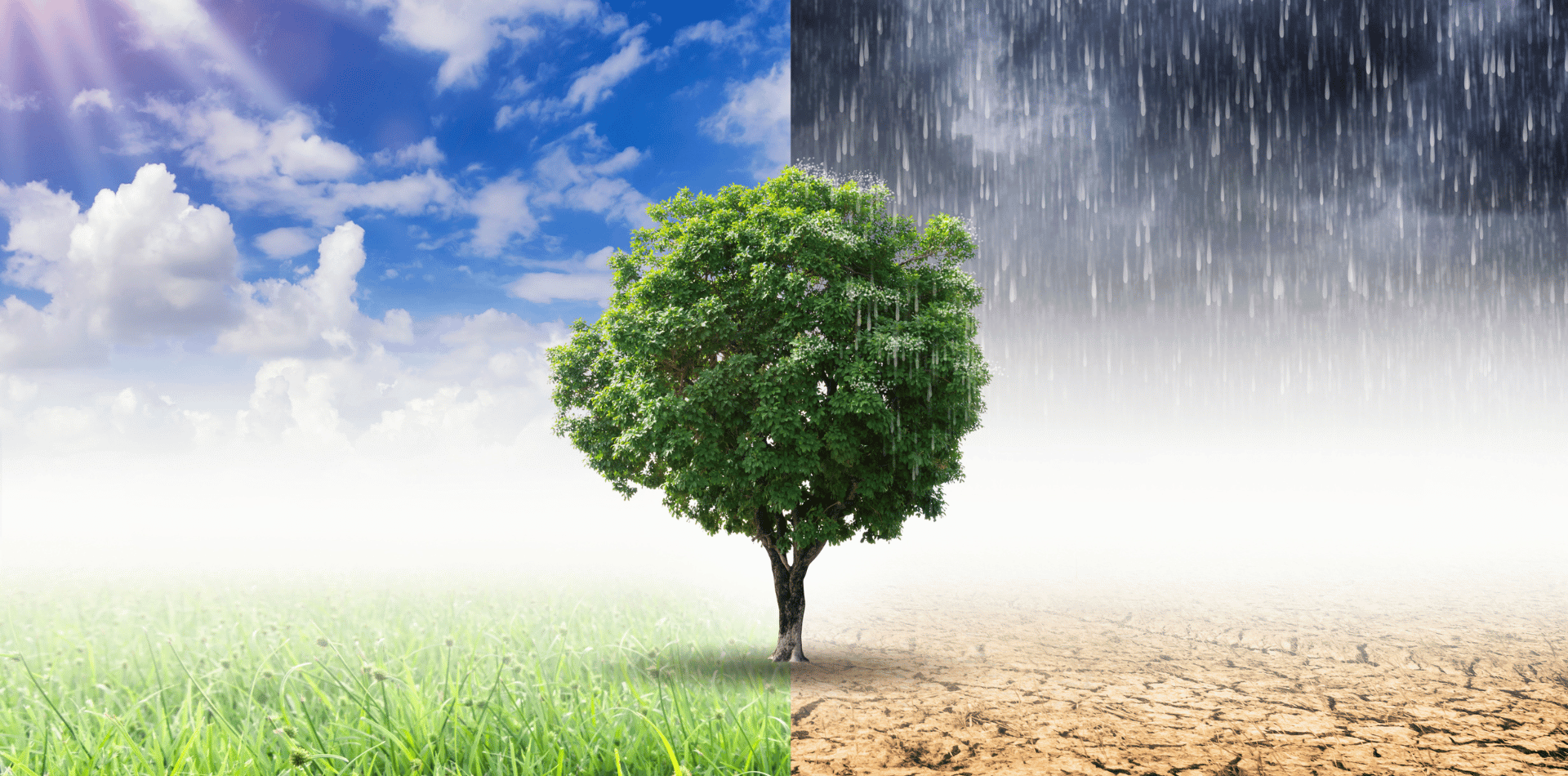
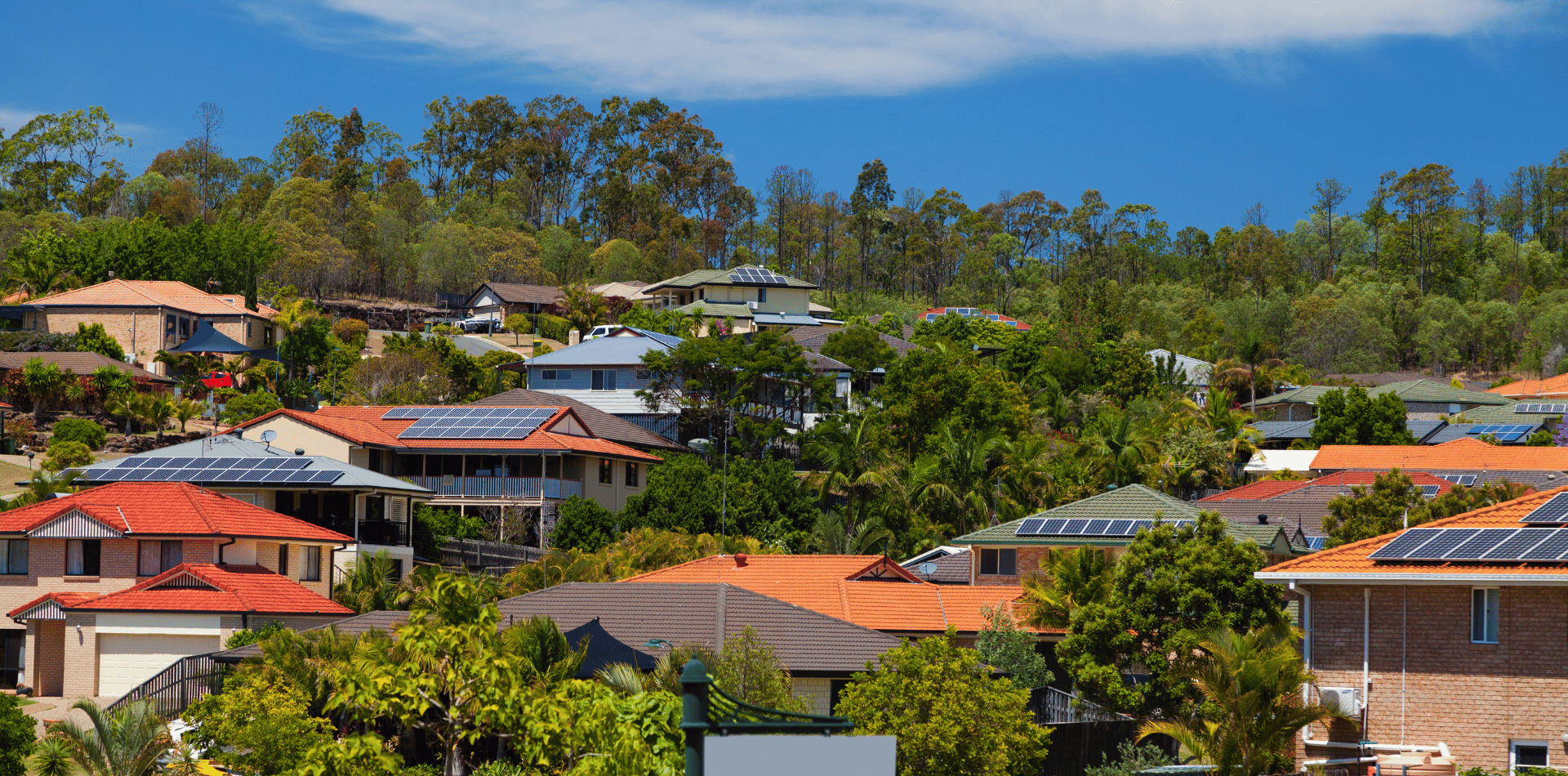
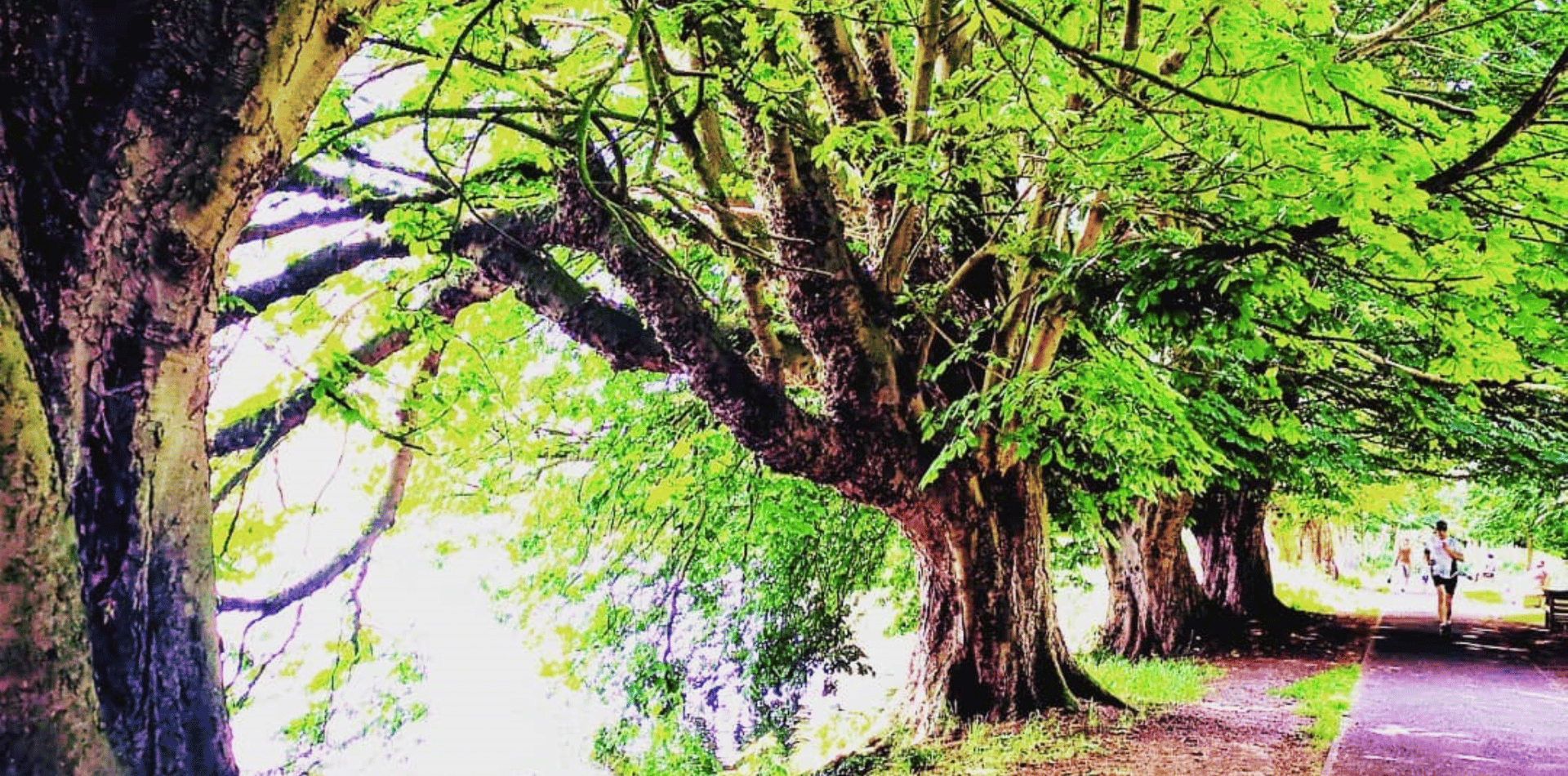
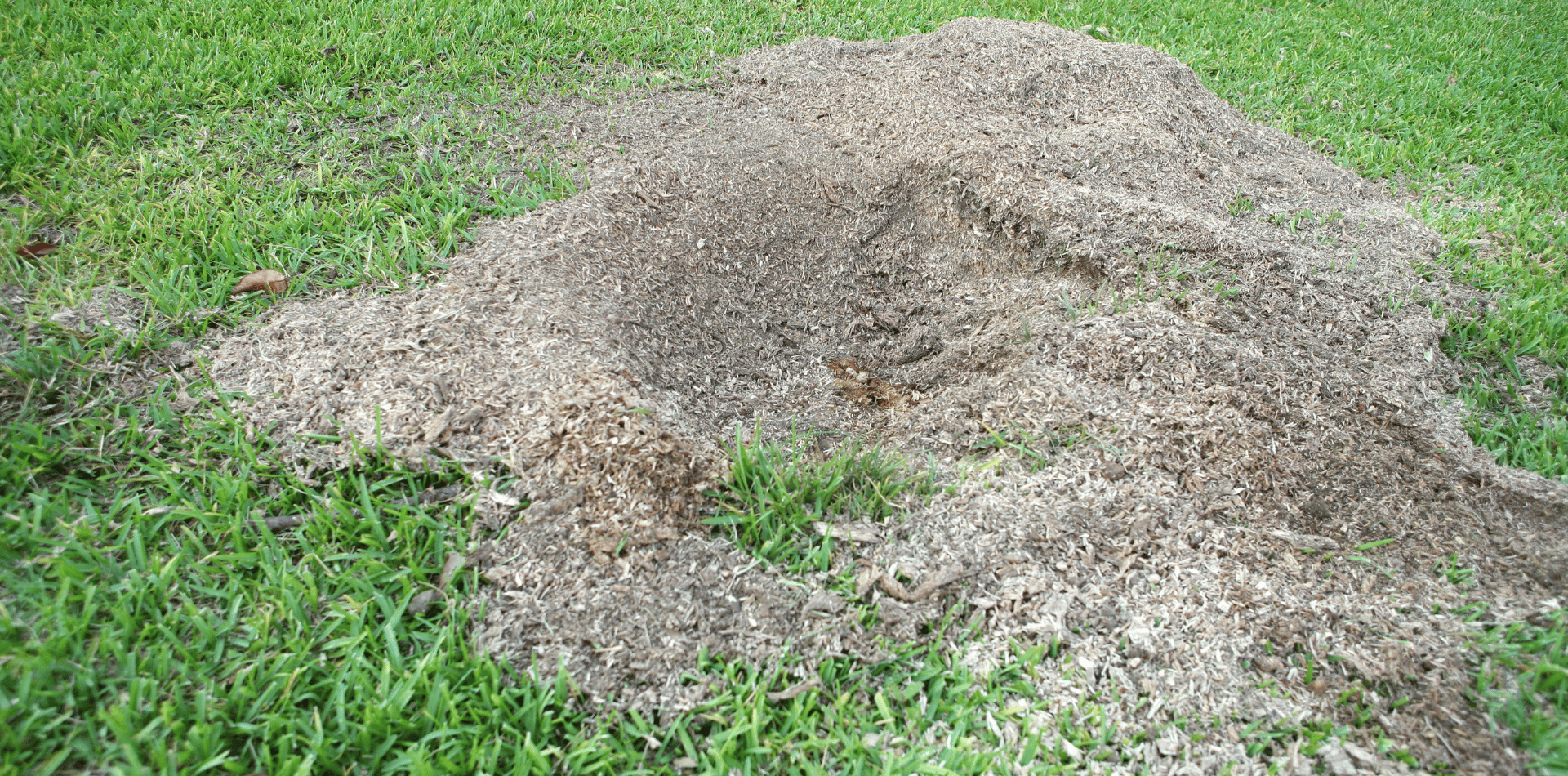

Contact
Kaptol Tree Removal Newcastle
A Member of the Kaptol Group
Powered by Kaptol Media

